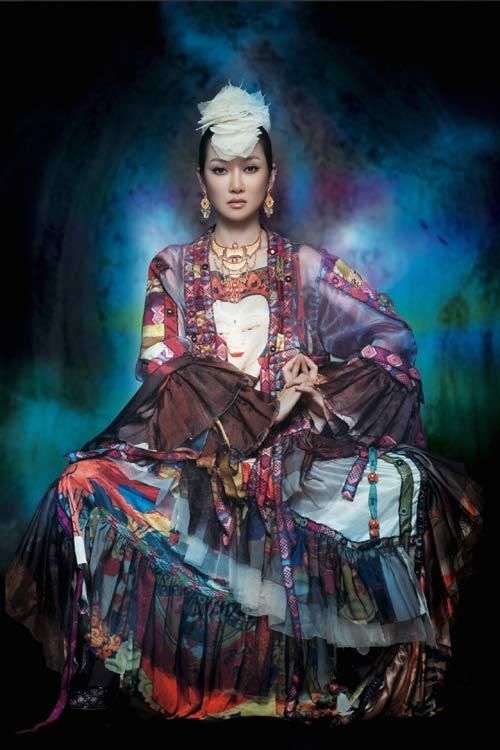more>>More News
- National Day
- ways to integrate into Chinese style life
- Should they be in the same university with me?!!
- Chinese Ping Pang Legend: the Sun Will Never Set
- A Glance of those Funny University Associations
- mahjong----The game of a brand new sexy
- Magpie Festival
- Park Shares Zongzi for Dragon Boat Festival
- Yue Fei —— Great Hero
- Mei Lanfang——Master of Peking Opera
The World Shocked by Chinese Girl—Sadingding
By admin on 2014-12-19
Sa Dingding, born in inner Mongolian which is part
of China, won instant fame by her amazing music and voice in the world,
especially in the western part of the world. More international people know
about Chinese multiple culture. She combines
Tibetan-Chinese,Han-Chinese,Mongolian-Chinese, all part of Chinese culture
together by her outstanding music.
Sadingding—Make the world know more about China multiple culture
by music 
Given the eternal Afro/Latin bias of Western ears, Asian music in general and Chinese in particular seems to be the 'final frontier' of world music. Photogenic East/West fusionist Sa Dingding is the latest artist to challenge this state of affairs. She may have sold over 2 million albums in South East Asia, but it's too early to say what impact her recent signing to Universal will have.
Born in Mongolia to a Mongolian mother and a Chinese father, she developed an early interest in the 'ethnic minority music' of the region that she heard as a child. 'Before we start to talk, we know how to sing', she says of her formative years. Sa Dingding went on to study the zheng (a 25-stringed Chinese zither), the horse head fiddle and percussion. In 1998, at the age of eighteen, she released her first album, earning the title of 'Best Dance Music Singer' in China, and has since become a well known face on Chinese televison.
Sa Dingding's musical philosophy is very much informed by her studies of Bhuddhism and Dyana yoga. Her recordings make full use of impressive linguistic abilities, featuring lyrics she has written in Mandarin, Sanskrit, Tibetan and the near-extinct Lagu language, as well as an imaginary self-created language which she says is generated from the emotions evoked by the music.
Alive (2007) is her major label international debut and showcases an ethereal but versatile voice in a wide range of settings, with Sa Dingding sharing production credits with her long term musical mentors He Xuntian and Zhang Hongguang. Chinese folk melodies played on zheng, bamboo flute and ma tou qin (fiddle) mesh with electric guitars, keyboard washes and digital beats that suggest the influence of seminal trip hoppers Massive Attack one moment and Tibetan monks the next. As with last year's Chinese nominee Dadawa, there's some controversy over Sa Dingding's use of Tibetan music.
- Contact Us
-
Tel:
0086-571-88165708
0086-571-88165512E-mail:
admission@cuecc.com
- About Us
- Who We Are What we do Why CUECC How to Apply
- Address
- Study in China TESOL in China
Hangzhou Jiaoyu Science and Technology Co.LTD.
Copyright 2003-2024, All rights reserved




 Chinese
Chinese
 English
English
 Korean
Korean
 Japanese
Japanese
 French
French
 Russian
Russian
 Vietnamese
Vietnamese
